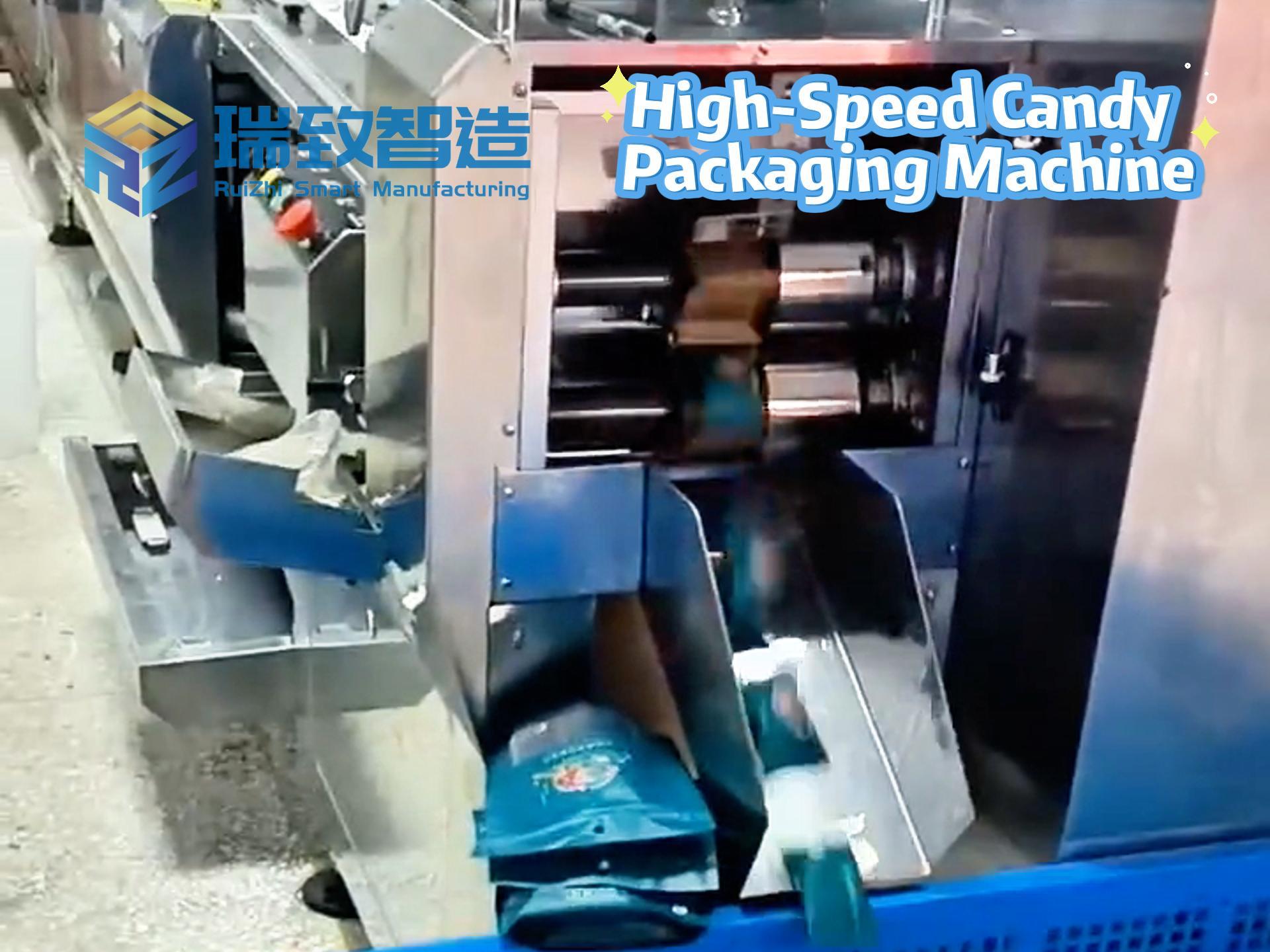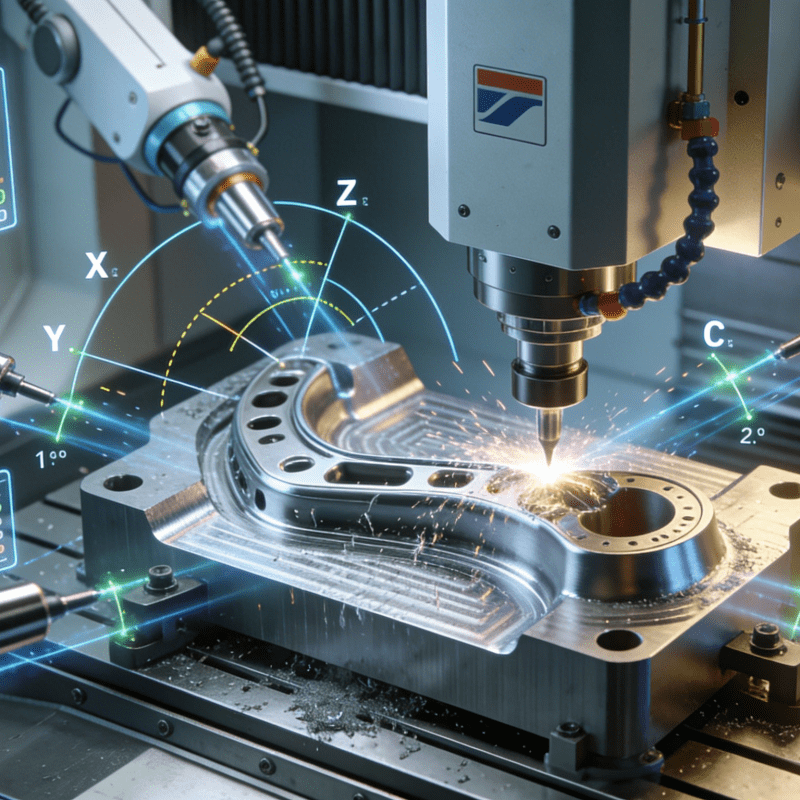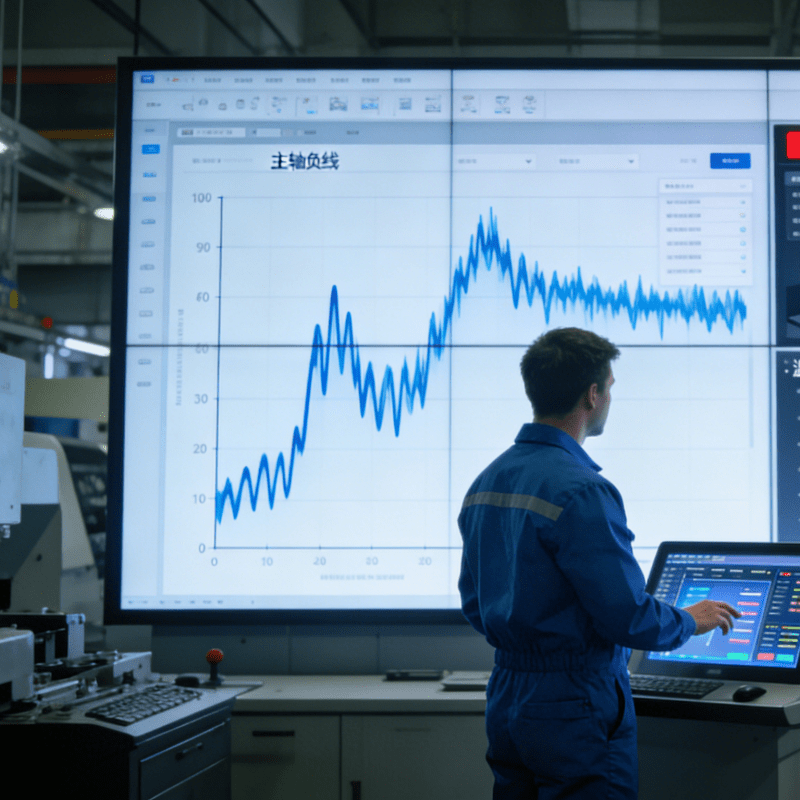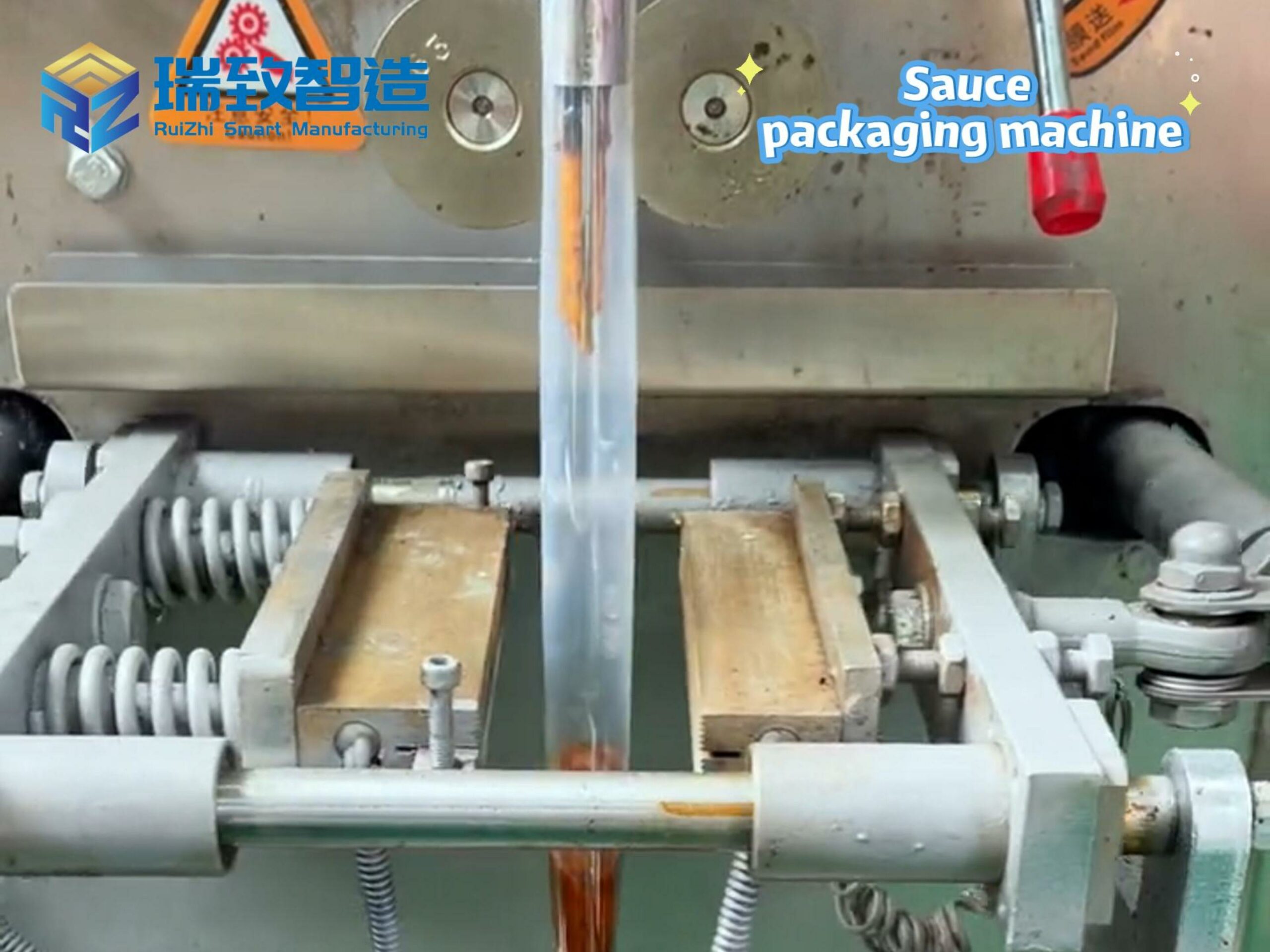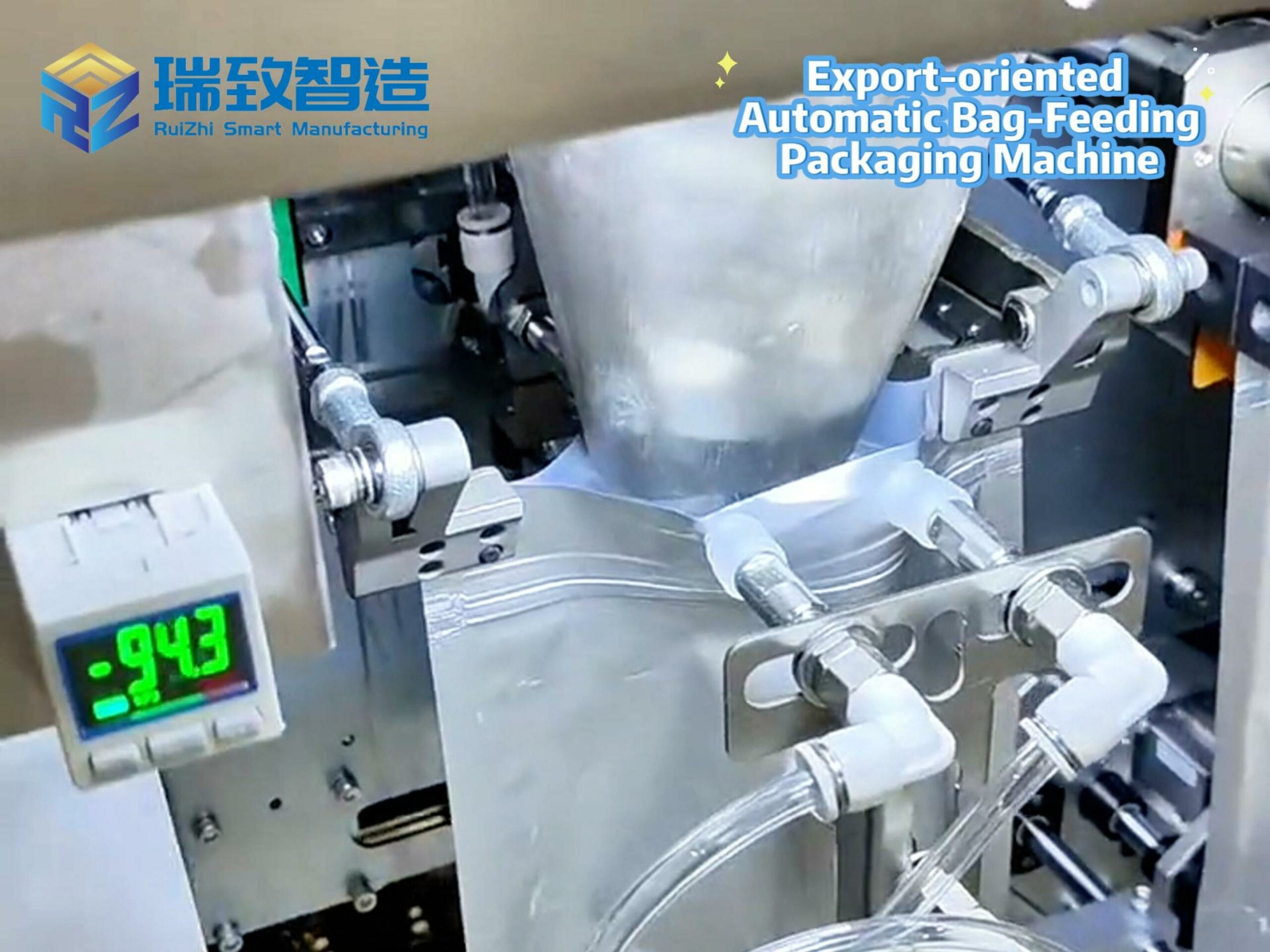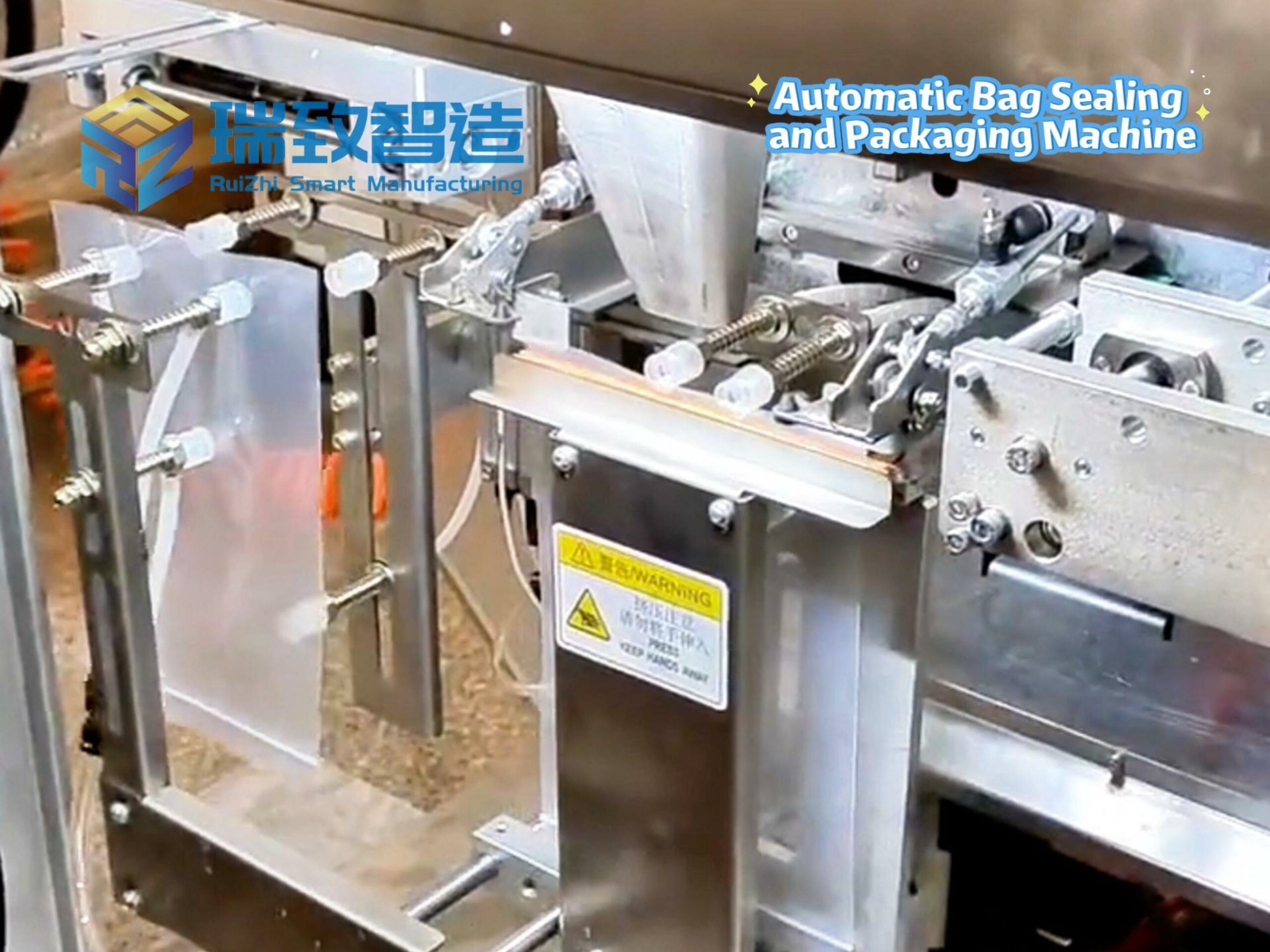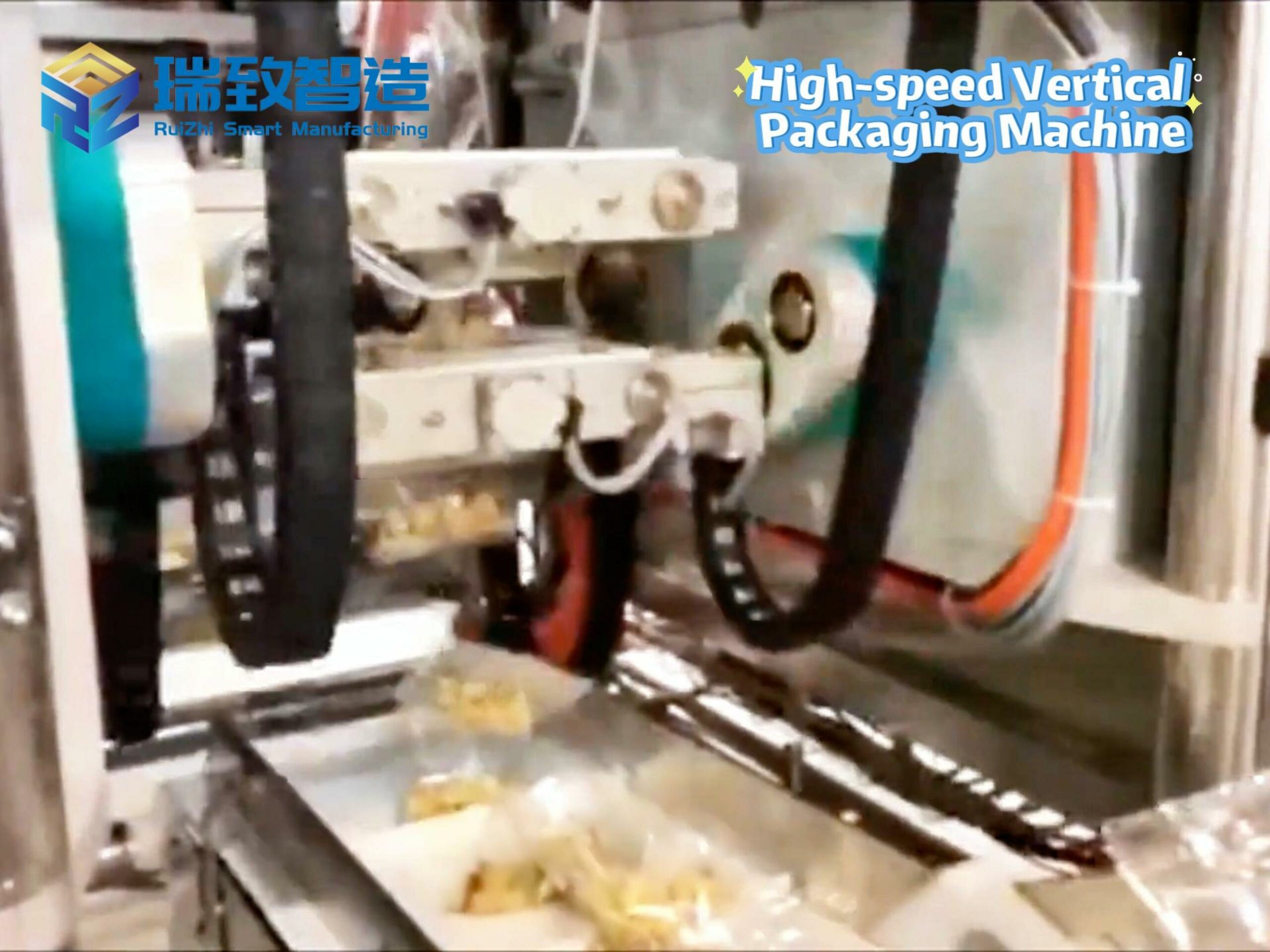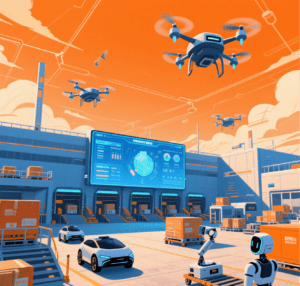
With the booming development of e-commerce, the logistics industry is facing new challenges and opportunities. Traditional logistics and distribution methods are gradually exposing limitations in terms of efficiency, cost, and flexibility. As an emerging logistics technology, autonomous delivery drones are becoming the next stage of development in e-commerce logistics. They can not only improve delivery efficiency but also reduce labor costs and solve the “last-mile” delivery problem. This article will explore the application prospects of autonomous delivery drones in e-commerce logistics from the perspectives of technological development, application scenarios, challenges, and future trends.
Table of Contents
ToggleTechnological Development of Autonomous Delivery Drones
Navigation and Obstacle Avoidance Technology
One of the core technologies of autonomous delivery drones is navigation and obstacle avoidance. In recent years, significant breakthroughs have been made in multi-sensor fusion navigation and autonomous obstacle avoidance algorithms, enabling drones to achieve all-weather transportation capabilities. Through the fusion of multiple sensors such as LiDAR, visual sensors, and millimeter-wave radar, drones can perceive the surrounding environment in real-time, achieving precise positioning and autonomous obstacle avoidance. The development of these technologies has not only improved the safety and reliability of drones but also allowed them to operate stably in complex urban environments.
Power and Endurance Technology
The power system and endurance capability are key factors affecting the application range of drones. Currently, most drones are powered by electricity, while some high-end models adopt hybrid power systems. With the continuous progress of battery technology, the endurance of drones has gradually improved, meeting the needs of short-distance urban delivery. In addition, some enterprises are developing more efficient batteries and power systems to further enhance the endurance and load capacity of drones.
Communication and Control Technology
The communication system serves as a bridge between drones and the ground control center. China has made considerable progress in drone data link technology, but it is necessary to further improve the interoperability between different types of drones, between drones and manned aircraft, and between different user units. By optimizing communication protocols and encryption technologies, drones can achieve more stable and secure communication, ensuring the smooth execution of tasks.
Application Scenarios of Autonomous Delivery Drones
Urban Last-Mile Delivery
Urban last-mile delivery is a key link in logistics and a major application scenario for autonomous delivery drones. In cities, drones can avoid traffic congestion and quickly deliver packages to customers. For example, SF Express launched the “Cloud Express + Air-Ground Linkage” instant delivery model in Xindu District, Chengdu. Through the seamless connection of drones and unmanned vehicles, efficient last-mile delivery is realized. This model not only improves delivery efficiency but also reduces labor costs.
Fresh Agricultural Product Transportation
Fresh agricultural products have high requirements for transportation timeliness and freshness. Drones can quickly transport fresh products from production areas to distribution centers, reducing transportation time and improving product freshness. For example, SF Express used drones instead of ships and vehicles to transport fresh products in Jinshan, Shanghai, increasing transportation efficiency by 7 times and achieving a 100% good product rate for fresh products.
Medical Supplies Delivery
In the medical field, drones can be used for the delivery of emergency medical supplies. During the pandemic, drones were widely used to transport medical supplies and samples, improving the emergency response speed. For example, Fengyi opened the first batch of drone emergency blood transportation routes, providing important support for medical first aid.
Rural Logistics
Due to complex terrain and inconvenient transportation in rural areas, logistics delivery costs are relatively high. Drones can effectively solve this problem by quickly delivering packages to rural customers. For example, China Post has piloted drone delivery in Aba, Panzhihua, and other places, and some areas have even launched rural postal route drone transportation services.
Challenges Faced by Autonomous Delivery Drones
Technical Bottlenecks
Although drone technology has made significant progress, it still faces some technical bottlenecks. For example, in complex urban environments, the obstacle avoidance systems of drones need further optimization to cope with unexpected situations. In addition, the power systems and endurance capabilities of drones still need to be improved to meet broader logistics needs.
Policies and Regulations
Policies and regulations are important guarantees for the development of drone logistics. Currently, laws, regulations, and regulatory systems for unmanned delivery are not yet perfect, and top-level designs in terms of right-of-way opening, liability division, and safety supervision need to be strengthened. For example, reforms in low-altitude airspace are still in progress, and some areas have not opened low-altitude airspace, restricting the operation scope of drones.
Cost and Benefit
The operating costs of drone logistics mainly include equipment purchase, maintenance, and operation costs. Although drones can reduce labor costs, the costs of equipment purchase and maintenance are relatively high. In addition, the load capacity of drones is limited, making them suitable for delivering small packages but insufficient for transporting large goods.
Public Acceptance
Public acceptance of drone logistics will also affect its promotion and application. Some members of the public have concerns about the safety and privacy protection of drones, so it is necessary to improve public awareness and acceptance through publicity and education.
Future Trends of Autonomous Delivery Drones
Technological Breakthroughs
In the future, drone technology will continue to make breakthroughs, achieving more efficient autonomous flight, more precise obstacle avoidance, and longer endurance. For example, by developing more advanced sensors and controllers, drones will have higher safety and reliability.
System Ecosystem Construction
Drone logistics will be deeply integrated with traditional logistics to build a three-dimensional logistics system covering the entire business chain. By 2035, the scale of China’s low-altitude logistics market is expected to reach 450 billion to 605 billion yuan. In the future, low-altitude logistics will form a “trunk-branch-last mile, air-ground-sea” three-level three-dimensional network, realizing the collaborative operation of low-altitude logistics networks and ground logistics networks.
Policy Support
With the advancement of low-altitude airspace reforms, the government will continue to introduce supportive policies to promote the development of drone logistics. For example, expanding test flight airspace, improving standard systems, and providing preferential policies and subsidies. These policies will create more favorable conditions for the commercial operation of drone logistics.
International Cooperation
International cooperation will provide broader space for the development of drone logistics. Countries will strengthen cooperation in drone technology research and development, standard formulation, and operation models to jointly promote the global development of drone logistics.
Conclusion
As the next stage of e-commerce logistics, autonomous delivery drones have broad application prospects. Their technology is developing rapidly, and their application scenarios are extensive. However, they still face challenges such as technical bottlenecks, policies and regulations, cost and benefit, and public acceptance. In the future, with further technological breakthroughs, policy support, and strengthened international cooperation, drone logistics will achieve more efficient, safer, and more economical operations, injecting new impetus into the development of e-commerce logistics.

